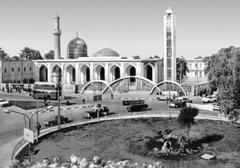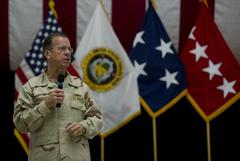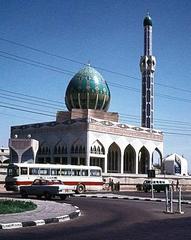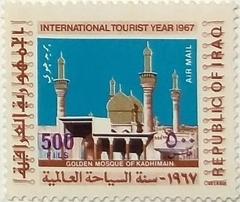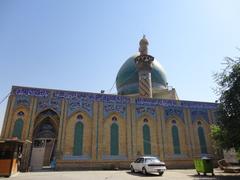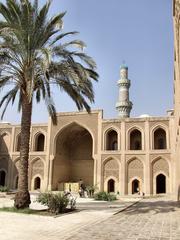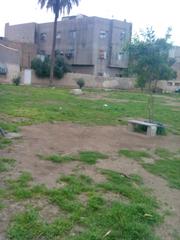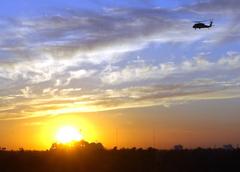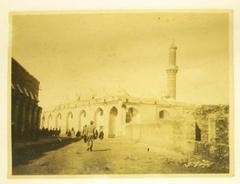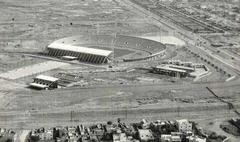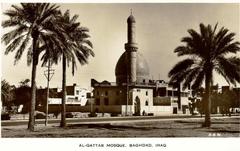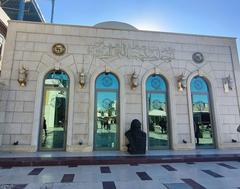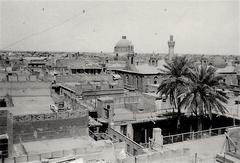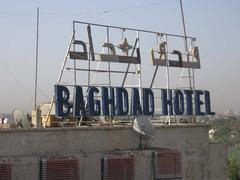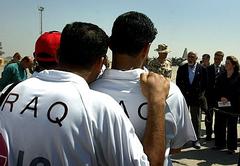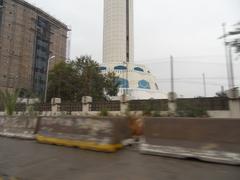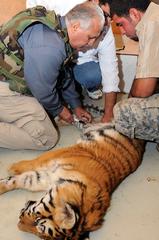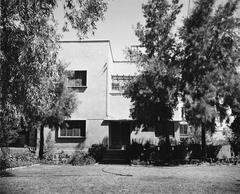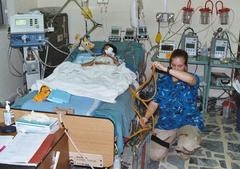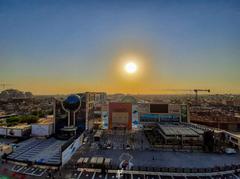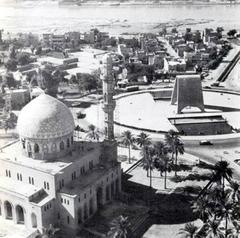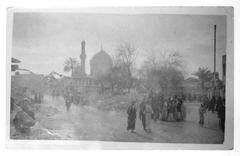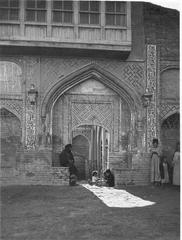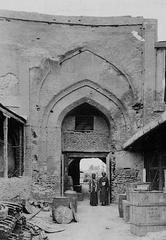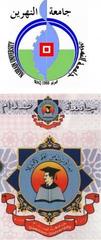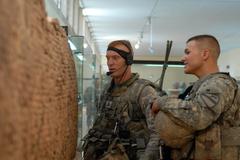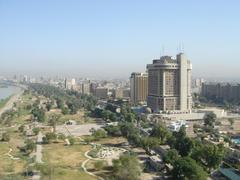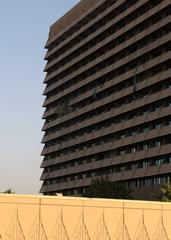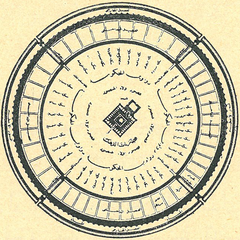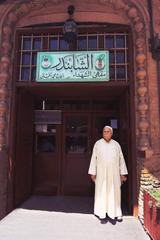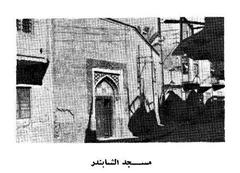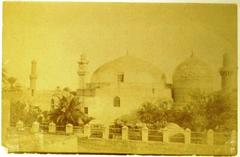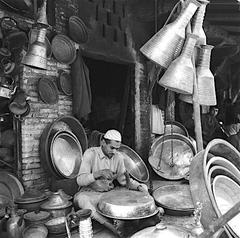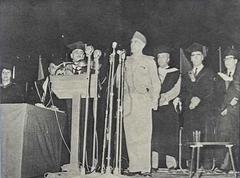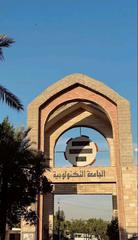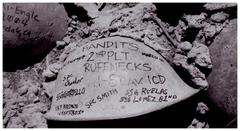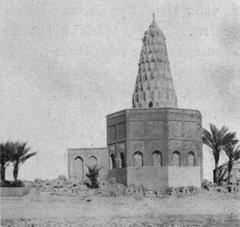
Al-Aaimmah Bridge Visiting Hours, Tickets, and Guide to Baghdad Historical Sites
Date: 04/07/2025
Introduction
Al-Aaimmah Bridge, often called “The Imams’ Bridge,” is one of Baghdad’s most significant historical and cultural landmarks. Stretching across the Tigris River, it connects the Shia-majority district of Kadhimiyah with the Sunni neighborhood of Adhamiyah. The bridge is not only a key transportation route but also a powerful symbol of Baghdad’s religious diversity and resilience. With a history that includes both moments of unity and tragedy, Al-Aaimmah Bridge stands as a testament to the city’s complex social fabric and enduring spirit.
This guide provides comprehensive visitor information, including access details, visiting hours, safety recommendations, nearby attractions such as the revered Al-Kadhimain Shrine, and essential cultural etiquette. Whether you are a pilgrim, a history enthusiast, or a curious traveler, this resource ensures you make the most of your visit to one of Iraq’s most storied sites. For further insights, see trusted sources like Al Jazeera, ExploreCity, and Audiala.
Contents
- Introduction
- Historical Background
- Origins and Early History
- Religious and Cultural Significance
- Visiting Hours and Tickets
- Getting There and Accessibility
- Nearby Attractions and Travel Tips
- Special Events and Guided Tours
- Photographic Opportunities
- The 2005 Stampede: A Defining Tragedy
- Safety and Preservation Efforts
- Modern Developments
- Cultural Etiquette
- FAQ
- Conclusion and Visitor Recommendations
- Sources
Historical Background
Origins and Early History
Al-Aaimmah Bridge, named for its proximity to the Al-Kadhimain Shrine, has served as a vital crossing since its construction in the 20th century. The bridge’s name, meaning “The Imams’ Bridge,” reflects its connection to the burial site of Imam Musa al-Kadhim and Imam Muhammad al-Jawad, two of Shia Islam’s most revered figures (Al Jazeera). Over the decades, the bridge has been rebuilt and renovated to withstand both natural wear and the impacts of regional conflict, mirroring Baghdad’s enduring resilience (Arab Countries).
Religious and Cultural Significance
The bridge is especially significant during annual pilgrimages commemorating Imam Musa al-Kadhim’s martyrdom. Millions of Shia pilgrims cross Al-Aaimmah Bridge to reach the Kadhimiyah shrine, making it a focal point for Iraq’s largest religious gatherings (Al Jazeera). It also serves as a powerful symbol of faith, unity, and the intertwined histories of Baghdad’s Shia and Sunni communities.
Visiting Hours and Tickets
Visiting Hours
Al-Aaimmah Bridge is open to the public 24 hours a day. While you may visit at any time, it is safest and most enjoyable to explore the bridge and its surroundings during daylight hours, ideally from 8:00 AM to 6:00 PM.
Tickets and Entry Fees
There are no tickets or entry fees required to visit or cross Al-Aaimmah Bridge. It is a public thoroughfare accessible to both locals and tourists.
Getting There and Accessibility
Al-Aaimmah Bridge connects the Kadhimiyah and Adhamiyah districts in northern Baghdad. You can reach the bridge by taxi, ride-hailing apps, or public transportation. The area is well-signposted, especially near major landmarks like the Kadhimiyah shrine.
The bridge is pedestrian-friendly with sidewalks, but accessibility for those with mobility challenges is limited due to uneven surfaces and crowding during peak events. If additional assistance is needed, it is advisable to contact local tour operators in advance (Audiala).
Nearby Attractions and Travel Tips
- Kadhimiyah Shrine: Adjacent to the bridge, this shrine is one of the most significant religious sites in Iraq.
- Adhamiyah District: Known for its lively markets and historic mosques.
- Baghdad Historical Sites: Nearby attractions include Abbasid-era monuments and museums that offer deeper insights into the city’s history (Arab Countries; wildtrips.net).
Travel Tips
- Visit during weekdays and outside major religious events to avoid large crowds.
- Bring water and sun protection, especially in the hotter months (July–August).
- Dress modestly and respect local customs, especially near religious sites (hikersbay.com).
Special Events and Guided Tours
The bridge is a central site during the annual commemoration of Imam Musa al-Kadhim, drawing millions of pilgrims. During major events, allow for additional travel time and follow all safety advisories. Guided tours of Baghdad often include Al-Aaimmah Bridge and are recommended for historical and cultural context (ExploreCity).
Photographic Opportunities
Al-Aaimmah Bridge offers exceptional views of the Tigris River and the Baghdad skyline. Sunrise and sunset are particularly scenic. Popular photo spots include the eastern side overlooking the Kadhimiyah shrine and mid-bridge panoramas of the river. Be respectful when photographing people, especially during religious gatherings.
The 2005 Stampede: A Defining Tragedy
On August 31, 2005, the bridge was the site of a devastating stampede during a Shia pilgrimage, resulting in nearly 1,000 deaths (Al Jazeera; Wikipedia). This tragedy highlighted the challenges of crowd management and led to significant improvements in safety and infrastructure (Working With Crowds). Annual memorials now honor the victims, reinforcing the bridge’s place in Baghdad’s collective memory.
Safety and Preservation Efforts
Since the 2005 tragedy, authorities have reinforced bridge railings, improved crowd control procedures, and increased security during major events. Visitors should remain vigilant, especially during large gatherings, and always follow instructions from local authorities (Working With Crowds; Xplrverse).
Modern Developments
In anticipation of Baghdad’s designation as the Arab Capital of Tourism 2025, efforts are underway to further revitalize Al-Aaimmah Bridge. These include aesthetic upgrades, enhanced visitor amenities, and improved signage, all part of broader urban renewal initiatives (Shafaq News).
Cultural Etiquette
Dress modestly, particularly near religious sites, and use basic Arabic greetings such as “As-salamu alaykum” to show respect. During religious events, non-Muslim visitors are welcome to observe but should refrain from participating in rituals unless invited. Always ask before photographing individuals, especially during sensitive periods (Audiala).
FAQ
Q: What are the visiting hours for Al-Aaimmah Bridge?
A: The bridge is accessible 24/7. Daytime visits (8:00 AM–6:00 PM) are recommended for safety and comfort.
Q: Is there an entry fee or ticket required?
A: No, the bridge is free for all visitors.
Q: How safe is it to visit Al-Aaimmah Bridge?
A: The bridge is generally safe, particularly during the day. Exercise caution during large religious events due to crowd density.
Q: Is the bridge accessible for people with disabilities?
A: Accessibility is limited; visitors with mobility challenges should plan accordingly and consider arranging assistance.
Q: Are guided tours available?
A: Yes, many local operators include the bridge in broader historical tours of Baghdad.
Q: Can I take photos on the bridge?
A: Photography is permitted, but be respectful, especially during religious events or when photographing people.
Conclusion and Visitor Recommendations
Al-Aaimmah Bridge is more than just a river crossing; it is a living monument to Baghdad’s history, unity, and resilience. With its scenic vistas, proximity to major religious and cultural sites, and ongoing revitalization efforts, the bridge offers a meaningful experience for every visitor. Plan your trip during daylight hours, respect local customs, and consider a guided tour to enhance your understanding of this iconic site.
For additional travel tips and in-depth guides to Baghdad, download the Audiala app and follow us on social media. Engaging with local communities and following official advisories will ensure a safe, enriching journey.
Images and maps are recommended to be added with descriptive alt tags such as “Al-Aaimmah Bridge Baghdad panoramic view” and “Map showing Al-Aaimmah Bridge location in Baghdad” to enhance your visitor experience.
Sources
- Al Jazeera
- ExploreCity
- WildTrips
- Audiala
- Working With Crowds
- Shafaq News
- Arab Countries
- Hikersbay
- Xplrverse
- Wikipedia


